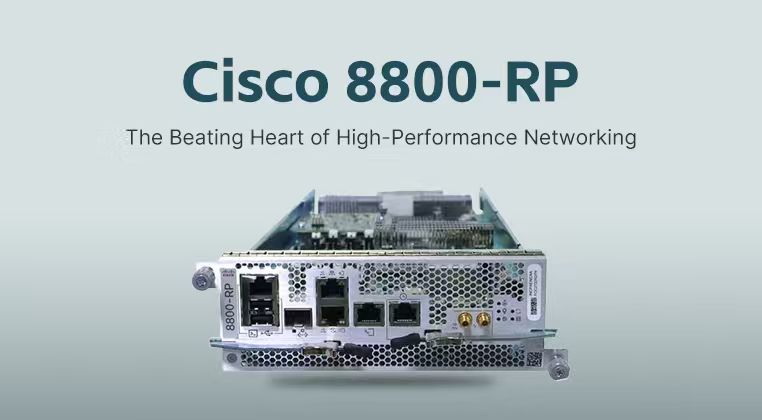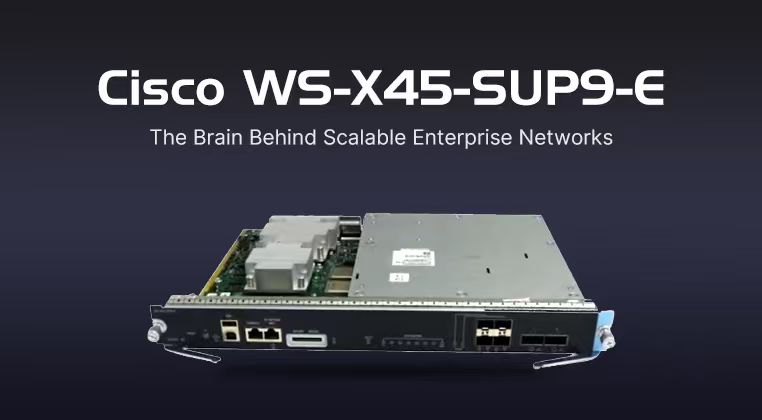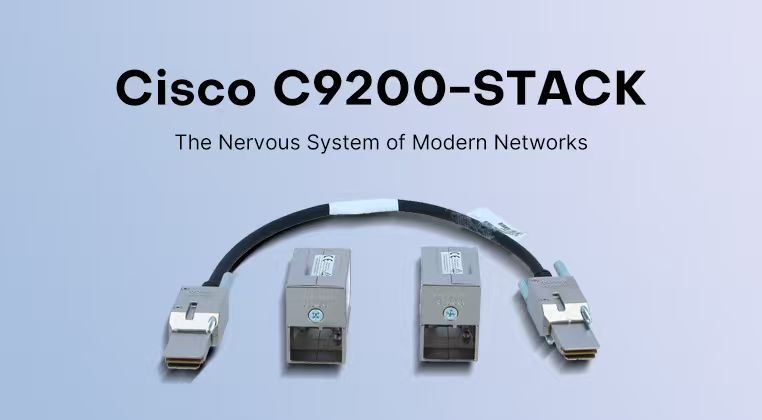



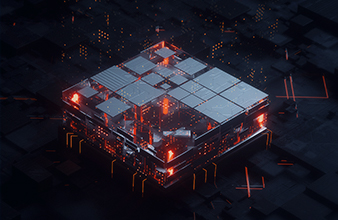










The N7K-F348XP-25: A Closer Look at Cisco's Workhorse Switching Module
If you've ever worked with Cisco's Nexus 7000 series switches, you've probably come across the N7K-F348XP-25. It's one of those pieces of data center hardware that doesn't scream for attention but just gets the job done. I've seen these modules in action, and they're like the reliable backbone of many network setups. Let's break down what makes this particular module tick.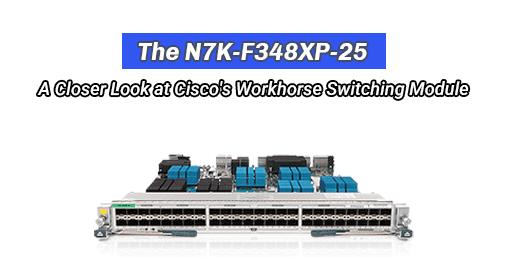
Right off the bat, the specs are pretty solid. We're looking at a module that packs 48 ports of 10 Gigabit Ethernet, all using SFP+ connectors. That's a lot of connectivity in a single slot. It pushes a throughput of 480 Gbps and can handle a forwarding performance of 720 million packets per second (Mpps). It's also got a decent MAC address table size of 64,000 entries and supports jumbo frames up to 9216 bytes. Here's a quick list of the core parameters:
|
Feature |
Specification |
|---|---|
|
Port Density |
48 x 10GbE SFP+ |
|
Throughput |
480 Gbps |
|
Forwarding Rate |
720 Mpps |
|
MAC Address Table |
64K entries |
|
Jumbo Frames |
9216 bytes |
|
Virtual Interfaces (VLANs) |
4096 |
Now, about the looks – it's a typical, serious piece of enterprise gear. This is a plug-in module designed for the Nexus 7000 chassis. It's not small or lightweight, coming in at about 14.99 pounds and measuring 15.3 inches wide, 21.9 inches deep, and 1.7 inches high. It's built for a data center rack, with the standard status indicators like Link OK and Unit ID. You're not buying it for its aesthetics, but for its sturdy, industrial feel that says "mission-critical".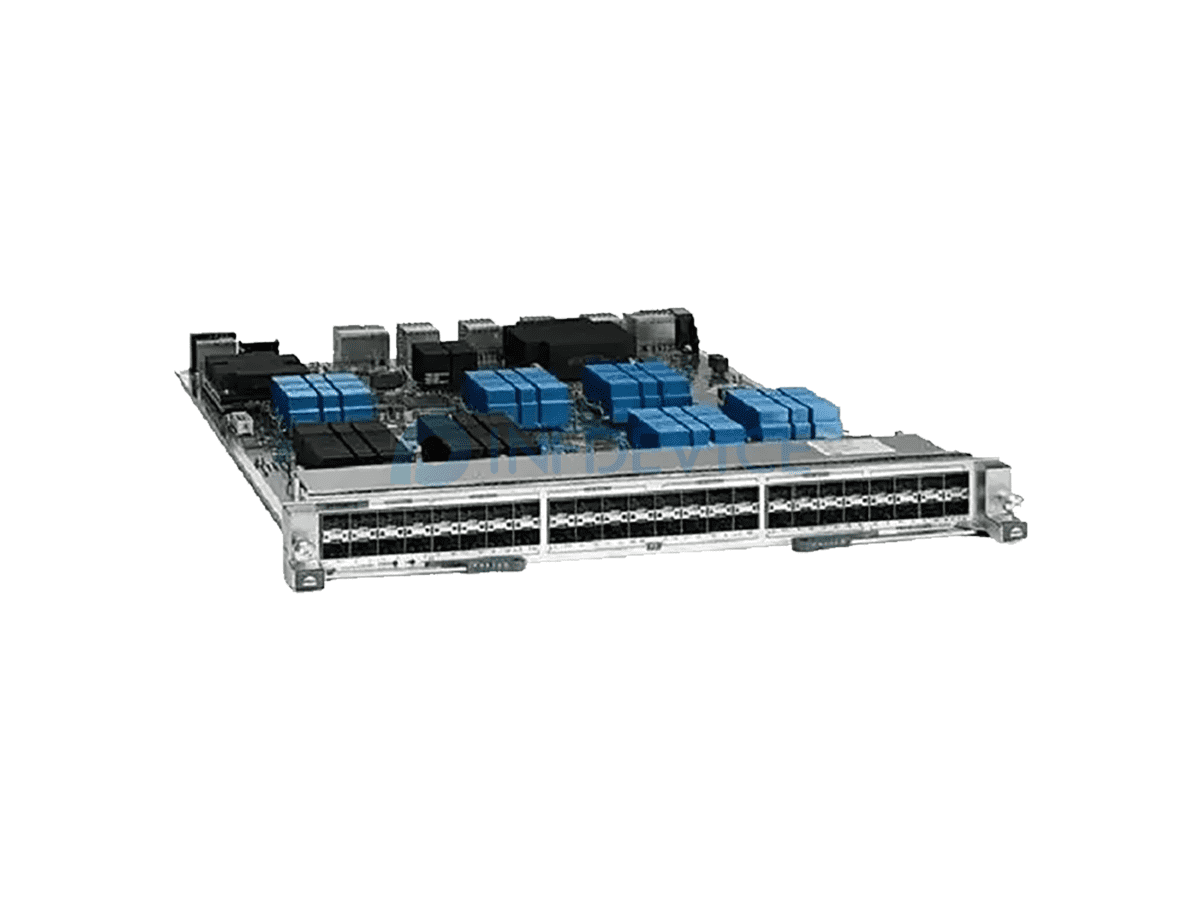
Functionality is where it really shines. This F3-Series module is all about low latency and high performance. It supports a bunch of crucial features like MPLS, IPv4 and IPv6, and Access Control Lists (ACLs) with up to 16,000 entries. It's designed to play nice with the Cisco NX-OS software, which is a robust operating system for managing data center networks. The module is also built to handle a range of operating conditions, from a chilly 32°F to a toasty 104°F.
Talking about user experience, if you're a network engineer, you'll appreciate the density this card brings. Being able to wire up 48 servers or appliances with 10G connectivity from a single slot is a big deal for simplifying cabling and management. It's managed through the CLI, which is familiar territory for anyone working with Cisco gear. The learning curve isn't too steep if you're already in the Cisco ecosystem. However, it's worth noting that this model has reached its end-of-sale life cycle. Cisco stopped selling it a while back, with the final date for support ending on February 28, 2027. This is a critical point for anyone considering it today.
When it comes to value for money, the perspective has changed over time. When it was new, it represented a significant investment for high-port-density 10G connectivity. Nowadays, its value is more nuanced. For organizations that already have Nexus 7000 chassis and need to expand port capacity without a full infrastructure overhaul, finding a refurbished unit can be a very cost-effective move.
So, what's the final verdict? Let's look at the good and the not-so-good.
The Upsides:
High Port Density: Forty-eight 10G ports in one slot is still a compelling feature for consolidating connections.
Proven Performance: With 720 Mpps forwarding rate, it handles heavy traffic loads reliably, which is why it's been a trusted choice in core networks.
Strong Feature Set: It supports all the advanced features needed in a enterprise data center environment.
The Downsides to Consider:
End-of-Life Product: This is the biggest factor. It's no longer being sold as new by Cisco, and official support has a defined end date.
Older Technology: While still capable, newer platforms offer higher speeds like 25G, 40G, and 100G on a broader scale.
Platform Dependency: It only works within the Cisco Nexus 7000 series switches, so you're locked into that ecosystem.
Wrapping it up, the N7K-F348XP-25 is a capable and dependable module that has served many data centers well. Its real strength today lies in extending the life of existing Nexus 7000 installations. For any new project, it's smarter to evaluate current-generation options. But as a workhorse that keeps on ticking? It's earned its stripes
